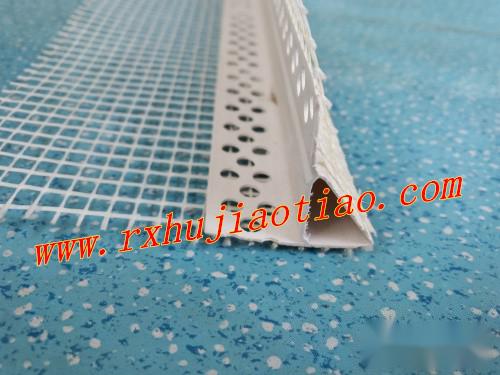Under the outer window sill, there is generally a concave line, which is designed to prevent rainwater from flowing into the wall, the rainwater will drip outside this line, this is the drip line, suitable for parts in construction projects that require blocking dripping water, generally drip line (gutter) should be installed at the mouth under the window lintel, if the concrete surface is very smooth, surface should be "roughened".
Drip line is a measure to prevent rainwater from flowing down the wall into the balcony or onto the glass, generally at the junction of the bottom surface and the outer wall, about 1-2cm from the corner, a 1cm or so wide groove should be made, so that water is cut off and will not flow inward. Suitable for parts in construction projects
that require blocking dripping water, such as protruding window sills, window lintels, including windows without platforms, canopies, balconies, parapets, protruding walls waistlines, etc. These parts should all have drip lines (drip channels can also be used).
Drip line construction method:
1. In construction, some parts: such as parapet small edges, ventilation cover plates or protruding wall waistlines, the upper edges of these parts are generally "water flooded", with a slope not less than 1:6, the lower mouth is usually a drip line, commonly known as an eagle beak. The construction of the drip line is completed simultaneously with the wall plastering, the protruding wall surface should be at least 10 millimeters. It is required to be consistent and all around should be smooth.
2. Base layer method: generally the drip line is installed at the mouth under the window lintel, if the concrete surface is very smooth, it should be roughened first, one method is chiseling, the other method is flinging. Flinging is to mix a 1:1 diluted cement mortar with a suitable amount of construction adhesive, solidify it on the concrete surface, and stop when it cannot be moved by hand.
3. Plumb hanging, water finding horizontal: the corner parts should be plumb hanging, the bottom mouth should be on the same horizontal line, these parts should control the line in advance.
The general specifications of the eagle beak drip line are 25*30*2000, the material is PVC, which has spawned a kind of insulation and crack resistant eagle beak drip line with mesh fabric: the specifications are 100*100*2000, these two are commonly used specifications in residential building projects for many years, which also reinforces the wall corners, avoids dents and other damages in the corners and blocks dripping water, it is a hero of building decoration!!













